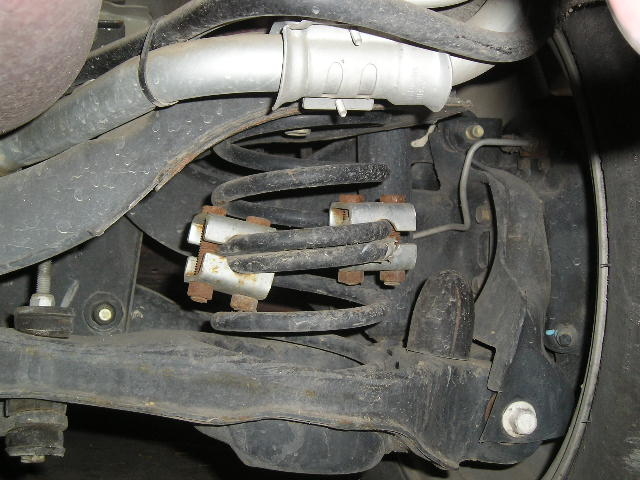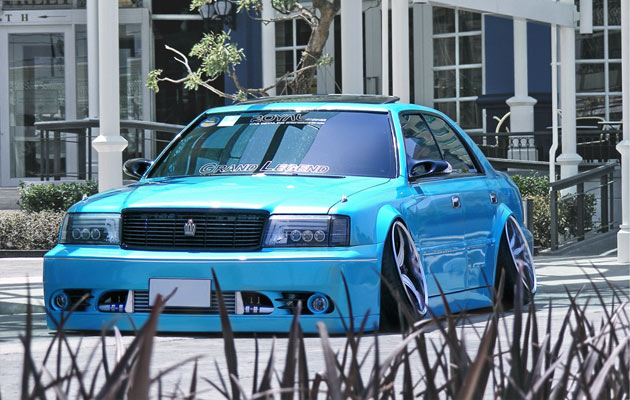One of the most exciting parts of picking up a new ride is the chance to understand its strong points, its shortcomings, and how to develop it to become a more balanced, capable machine. Unfortunately, often times new drivers will take shortcuts to save a few bucks, or buy from the wrong brand for the same reason. Purchasing budget goodies that promise lots and deliver little happens regularly, so sometimes, a wiser, experienced third party needs to step in to prevent a disappointing or dangerous upgrade from being used.
Young drivers looking for a sportier stance will often make the mistake of cutting their springs. While this route is widely done, ineffective and slightly dangerous, there are even poorer decisions one can make. Spring clamps advertise themselves as being cost-effective means of reducing ride height. They will reduce ride height, but the spring rates remain the same, and now the wheels will come into contact with the fender wells or bumpstops, much like cut springs. Where these get worse, is that these clamps, which are thick as padlocks, are likely to damage suspension components, brakes or the wheel itself. This is the most obvious no-no of the group, but there are more that sneak under the radar.
Lowering springs, by themselves, aren’t ideal upgrades either. Put simply, this is because the new spring rates will not match the stock damping, which was designed to work over the wider range of travel with softer springs. Additionally, the result is often an unnecessarily stiff ride, poor camber settings, and a lack of adjustability. For slightly more, a matched spring/shock combination is attainable, and even better are a set of coilovers, which will allow for a widely adjustable setup of not only ride height and damping, but camber as well. Having the right suspension for your intended purposes and vehicle weight makes a huge difference, and to further illustrate the point, custom-tailored coilovers might add another few hundred to the cost, but the difference between those and off-the-shelf coilovers is massive.
To try and emulate the look of racing cars, many people opt to buy camber kits to increase negative camber. While it might look racy, this actually will worsen tire wear and minimize the size of their contact patch, because in order for big camber to work, the tire has to lean quite a bit. Because road tires aren’t that sticky and most road cars will never see more than 1 g of lateral grip, that contact patch will never be as well utilized if the camber setting had been left at 0 or -1 degrees.
Another common mod, often seen in the drift community, is a set of wheel spacers. These have little performance benefit, but can increase the scrub radius, which leads to premature tire wear, and more seriously, alter the toe characteristics, which can make a car very nervous under braking. Rather than extending the track this way, a wider set of wheels with the proper offset is the best way to go, since the wheel center will still work with the suspension as it is, rather than increasing leverage by changing the angle of the damper.
The last, and least obvious of the group, is the anti-roll bar, or sway bar. Though you might reduce a bit of body roll, it is very easy to overdo the stiffness of a given axle. This can make the car break away with less warning, worsen handling if done incorrectly, and limit the effectiveness of the suspension over bumpier surfaces, since the independent corners of the car no longer work as freely. The anti-roll bar is a very useful upgrade that can fine tune oversteer or understeer, but it has to implemented with some discretion. Sometimes, stiffness isn’t desirable, especially in a road car that traverses bumps, potholes and regular surface changes. Compliance and suppleness are generally more useful traits in a road car, and while having a slammed setup is attractive, it can prove to be a real nightmare if done incorrectly.























